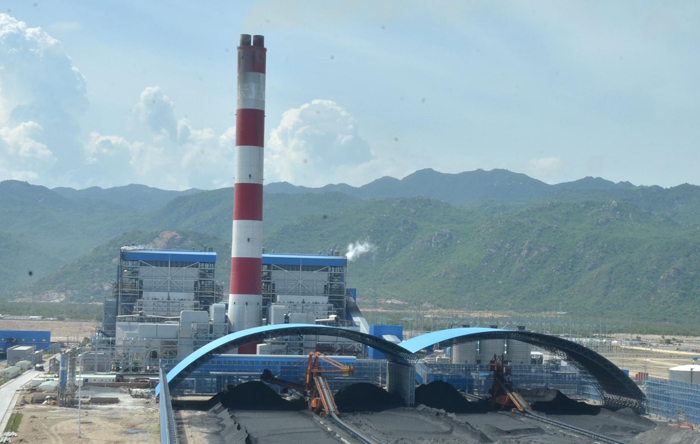Reporter: When public opinion is particularly interested in the issue of coal-fired thermal power development, in your opinion, does our country need to develop the coal-fired thermal power?

Mr. Tran Viet Ngai-Chairman of Vietnam Energy Association
Mr. Tran Viet Ngai: Currently the source of hydroelectric power was almost exploited, only some of the expansion projects and the small and medium hydropower projects with capacity below 30 MW can be exploited. The wind power and solar power can only be operated a few hours per day, not 24 per 24 hours like hydropower and coal thermal power do. According to the revised Power Development Program VII,
the growth rate remains forecast to be above 10% per year. This means that the growth rate of the power industry development in Vietnam nearly doubles the GDP growth rate of the country. Thus, while the other new power sources have not been exploited, the construction of the coal-fired thermal power plants is a necessity to ensure the national energy security.
Reporter: How do you evaluate the role of coal-fired thermal power in meeting the power demand for economic development in the South and what are the plan for development of the power sources in this region?
Mr. Tran Viet Ngai: The calculation of balancing power supply-demand nationwide for the period of 2017-2020 in the South will not be self-balancing within each region. The power shortage every year will be about 10-15% of the total demand (about 2,000 MW). Therefore, the Southern region shall always receive power through the power transmission system from the North and Central to the South with the demand of about 15 billion kWh in 2017 and it will rise to 21 billion kWh by the year 2019. However, current power transmission capacity to the South is 18.5 billion kWh per year (reaching the threshold of the North-South transmission).
According to our calculations, for the period 2025-2030, the Southern region needs about 30,000 MW of local power generation for economic development. To ensure the power supply for this region, there are only 2 options: firstly, coal-fired thermal power development and secondly, import of liquid natural gas (LNG) to operate gas turbines.
However, production cost and selling price of power from LNG are very high (production cost of 1 kWh from LNG is nearly 20 US cents equivalent to VND 4,000, while the average power price is currently VND1,600). Thus, balancing the power price, construction technology, stability in operation and operating schemes at base load, part load and full load, the coal-fired thermal power plant can be an alternative.
In addition, the development of the local coal-fired power plant could bring three kinds of efficiency: local generation and local load will limit energy losses; the voltage quality is high, causing no voltage drop; the operation, supply and maintenance are convenient.

The development of coal-fired power plant is to ensure national energy security
Reporter: However, a public concern is the environmental pollution caused by the coal-fired thermal power development. How is this assessed from perspective of the expert?
Mr. Tran Viet Ngai: In my opinion, when building coal-fired thermal power plants, there are 3 compulsory requirements for investors: minimizing the emission of NOx, Sox, installation of electrostatic precipitator system and building the coal port, relevant coal conveyor to avoid scattering coal; handling the waste ash and slag.
Currently the advanced technology is applied to the coal-fired power plants in Vietnam, which limit the environmental pollution. The boiler itself can detoxify gases such as COx, SOx, NOx. The installation of the electrostatic precipitator system on the stack can avoid the smoke and dust emitting into the environment.
I believe that with such modern technology, the development of coal-fired thermal power is not a matter of concern as raised by the public opinion recently.
Reporter: thank you!
evn.com.vn
Share